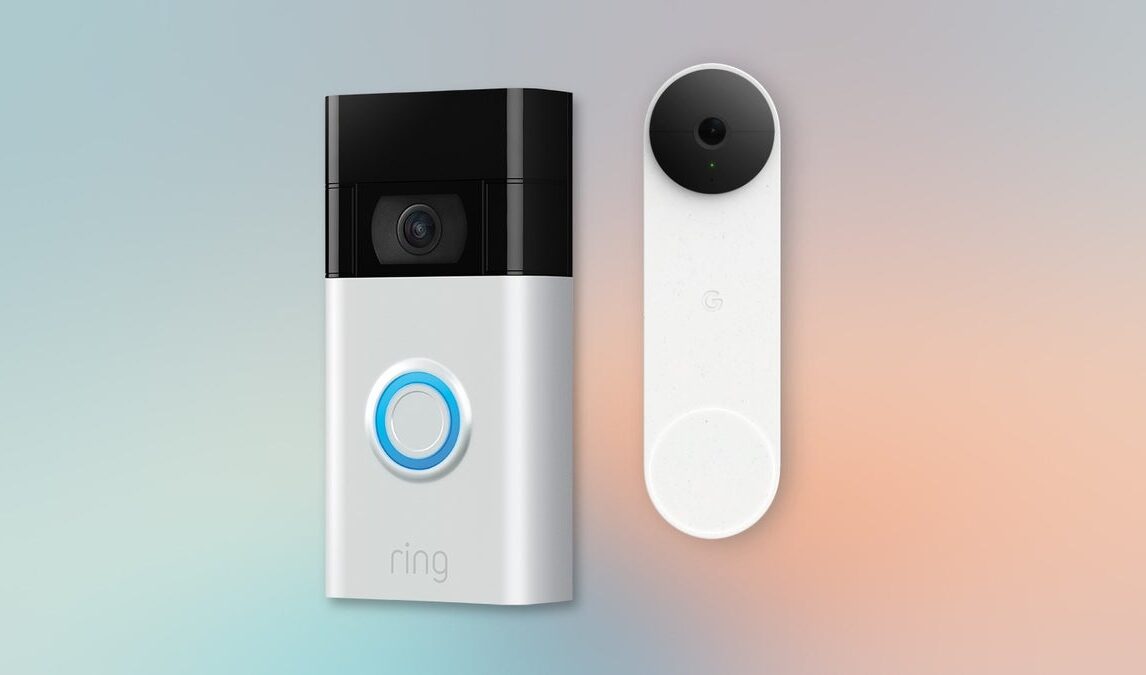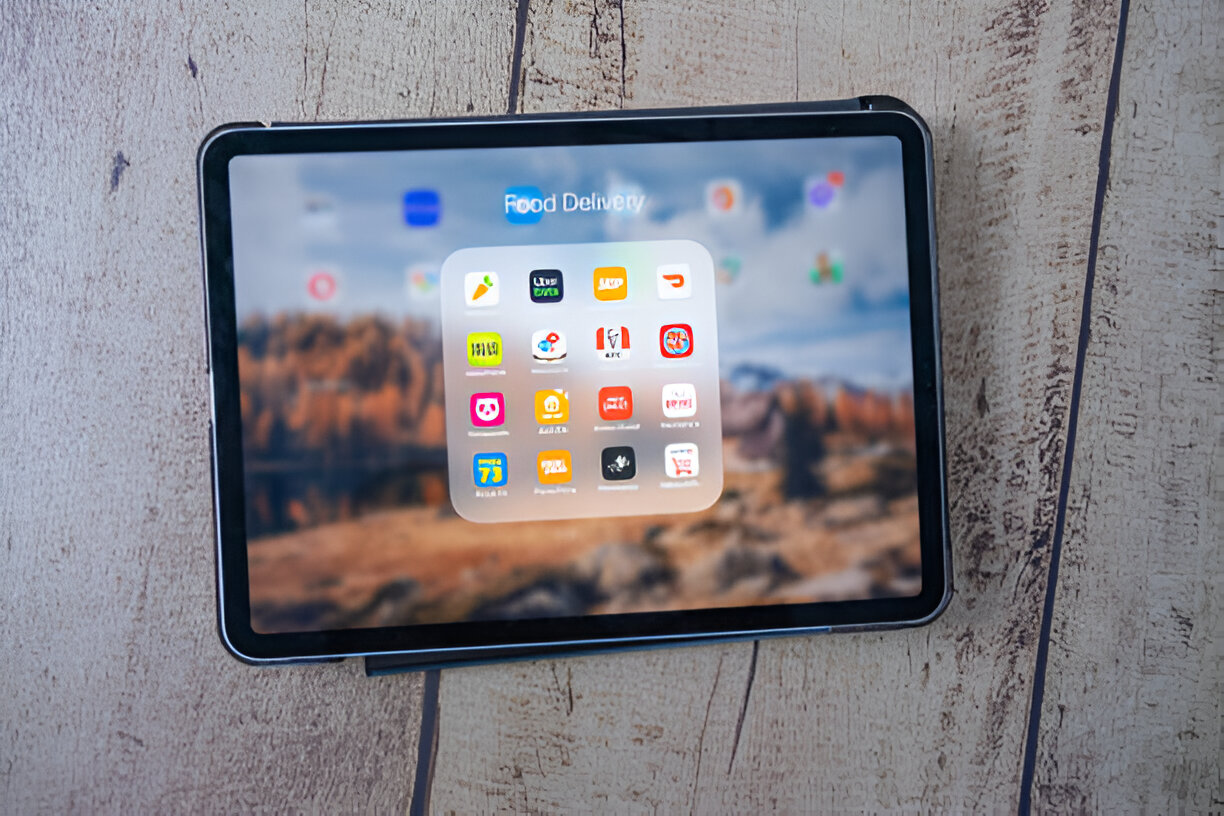Imagine a world where your front door greets you by name. It recognizes trusted visitors and keeps unwanted guests away. All of this happens while working smoothly with your smart home system.
Welcome to the era of Apple’s Face ID Doorbell! As technology changes our lives, this new device offers better security. It also changes how we interact with our homes.
In this blog post, we’ll explore how Apple’s latest creation could revolutionize home security as we know it. Get ready to explore the mix of convenience, safety, and new technology. This will change how we feel secure at home!
Introduction to Apple's Face ID Doorbell
Imagine a world where your front door knows you and your family as you get close. No more fumbling with keys or worrying about who is at the door.
Introducing Apple’s Face ID Doorbell, a new tool in home security. It aims to improve how we keep our homes safe. With facial recognition capabilities built into a sleek design, this device takes convenience and safety to new heights.
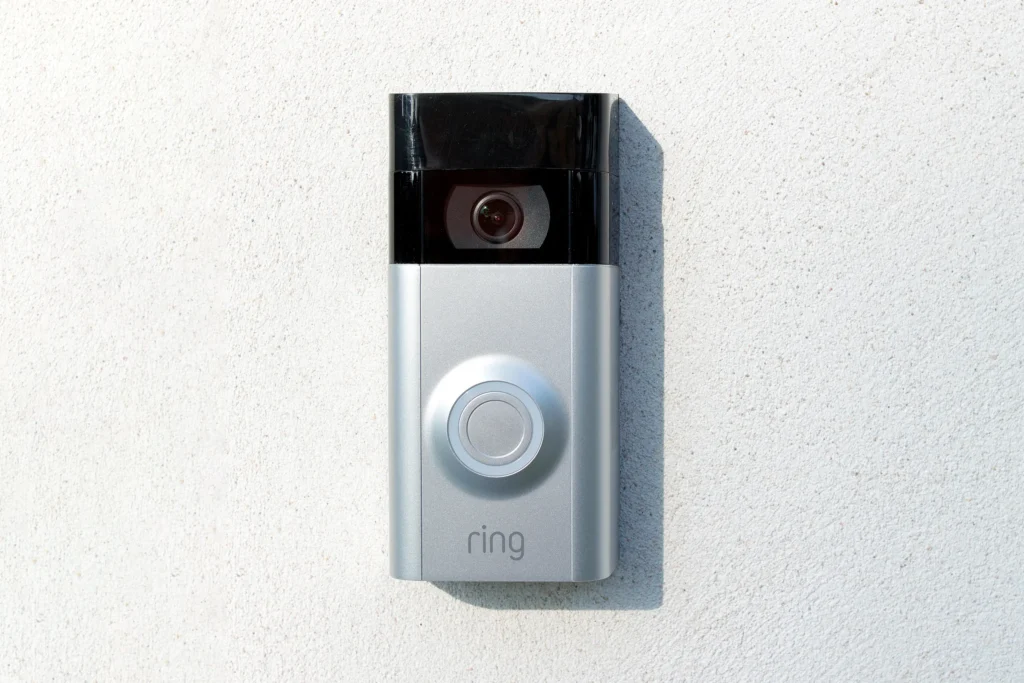
As smart home devices grow in number, Apple is improving its offerings. They are creating innovations for tech lovers and anyone seeking peace of mind.
But what does this mean for the future of home security? Join us as we look at how Apple’s latest product works. We will discuss its benefits compared to traditional systems.
We will also cover any concerns it may raise. Finally, we will see if it is worth considering for your entryway.
How does it work?
Apple’s Face ID Doorbell utilizes advanced facial recognition technology to enhance home security. It captures high-resolution images of visitors as they approach the door.
The built-in camera analyzes facial features in real time. When someone rings the bell, it quickly compares their face against a secure database of recognized faces stored on your device.
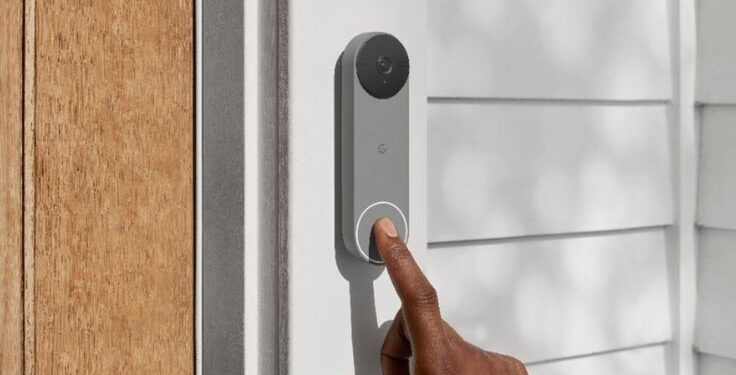
If there’s a match, you receive an instant notification on your smartphone. This allows for immediate communication with your visitor through two-way audio.
The system also learns continuously from its interactions, becoming more accurate over time. With machine learning algorithms at play, it can distinguish between familiar faces and strangers effectively.
Moreover, we prioritize privacy by keeping all data encrypted and processing it locally whenever possible. This keeps personal information safe from exposure to external servers or potential breaches.
Advantages of using Face ID for home security
Face ID technology offers a seamless and intuitive way to enhance home security. One of its main benefits is recognizing familiar faces. This allows quick access for family and friends while keeping intruders out. This personalized approach ensures that only trusted individuals can enter your home.
Additionally, developers design Face ID systems with advanced algorithms that adapt over time. They learn patterns and improve recognition speed, making them more efficient as they gather data from repeated interactions.
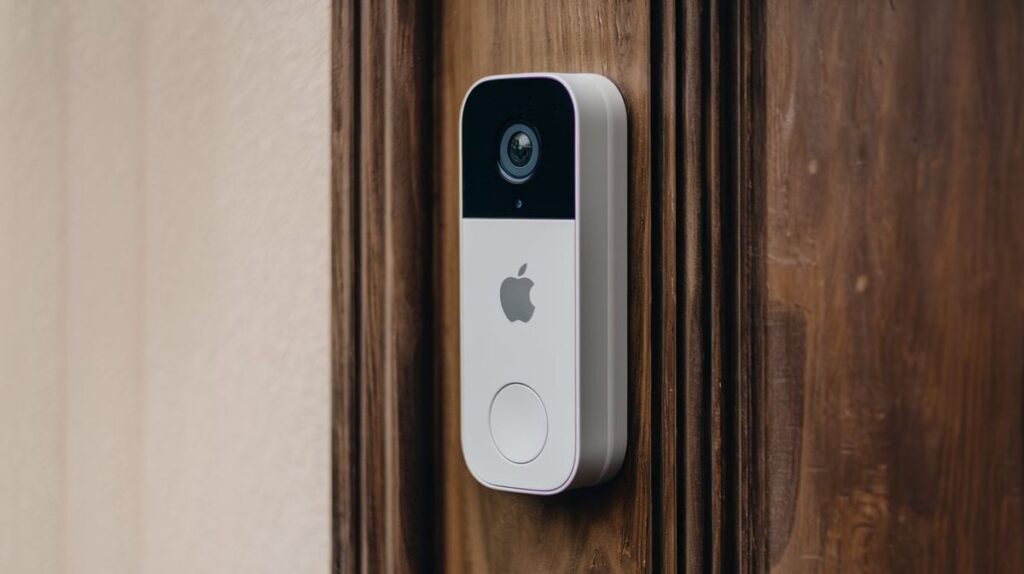
Moreover, this technology reduces false alarms associated with traditional motion sensors or doorbells. With accurate identification features, homeowners can trust the system’s alerts without constant worry about unrecognized movements triggering unnecessary notifications.
Lastly, integrating Face ID into a smart home ecosystem allows for remote monitoring through mobile apps. Users can check who’s at their door in real time – adding an extra layer of convenience to daily life.
Potential drawbacks and concerns
While the Face ID doorbell offers advanced technology, it isn’t without potential drawbacks. One major concern is privacy. Users may worry about how Apple stores and uses their facial data. Some people can find the thought of constant monitoring unsettling.
Another issue lies in the accuracy of face recognition under varying conditions. Poor lighting or obstructions like hats and masks might hinder its effectiveness, making it less reliable than expected.
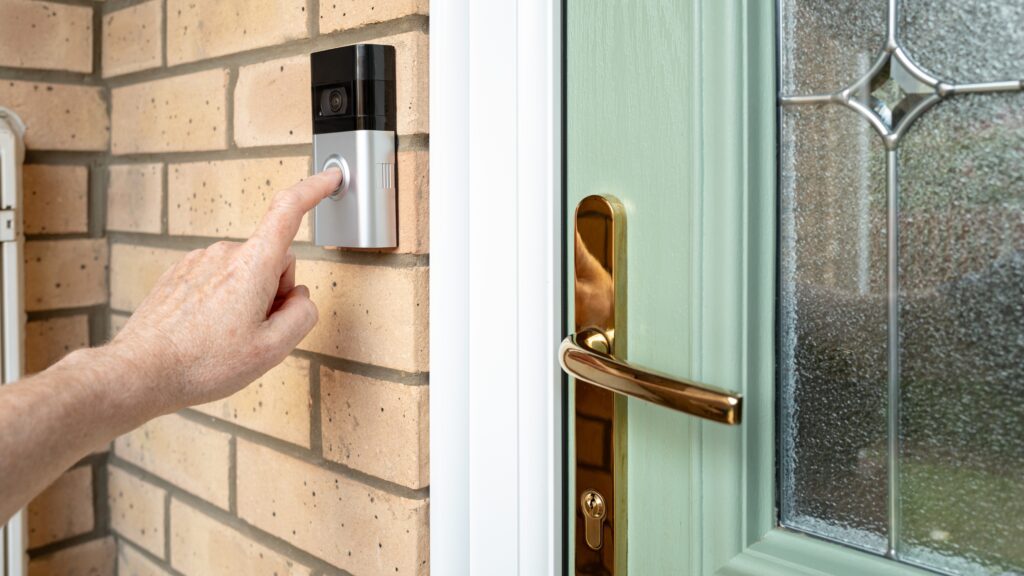
Cost is another factor to consider. Premium features often come with a hefty price tag, which could deter budget-conscious consumers from making the switch.
Additionally, there are concerns surrounding hacking and cybersecurity threats. While Apple emphasizes security measures, no system is entirely foolproof against breaches or misuse of personal information.
These considerations raise important questions about whether cutting-edge technology truly enhances home security or complicates it further.
Comparison with traditional doorbells and other smart home security systems
Traditional doorbells serve a simple purpose: they alert you when someone is at the door. However, they’ve remained static in functionality for decades. The Apple Face ID Doorbell elevates this basic concept by incorporating advanced technology.
The Face ID Doorbell is different from regular options. Regular options use sound or light to signal visitors. The Face ID Doorbell uses facial recognition to identify people. This means you won’t just know someone is there; you’ll also know who it is before opening your door.
Apple’s smart home security system is different from others. It works well with other Apple products you already have. It brings enhanced convenience through notifications delivered straight to your phone.
Moreover, many smart cameras provide video feeds but lack sophisticated identification capabilities. The Face ID technology adds another layer of security that traditional and most current solutions can’t match.
Real-life examples and success stories
Homeowners are already experiencing the advantages of Apple’s Face ID doorbell. In a suburban neighborhood, one family reported that it accurately recognized their friends and family, allowing them to bypass unnecessary notifications. This feature added convenience during busy weekends.
Another case involved a small business owner who installed the doorbell at his café. He found that it helped identify regular customers. It also scared off potential shoplifters by capturing their faces on video. The sense of security allowed him to focus more on customer service rather than worry about theft.
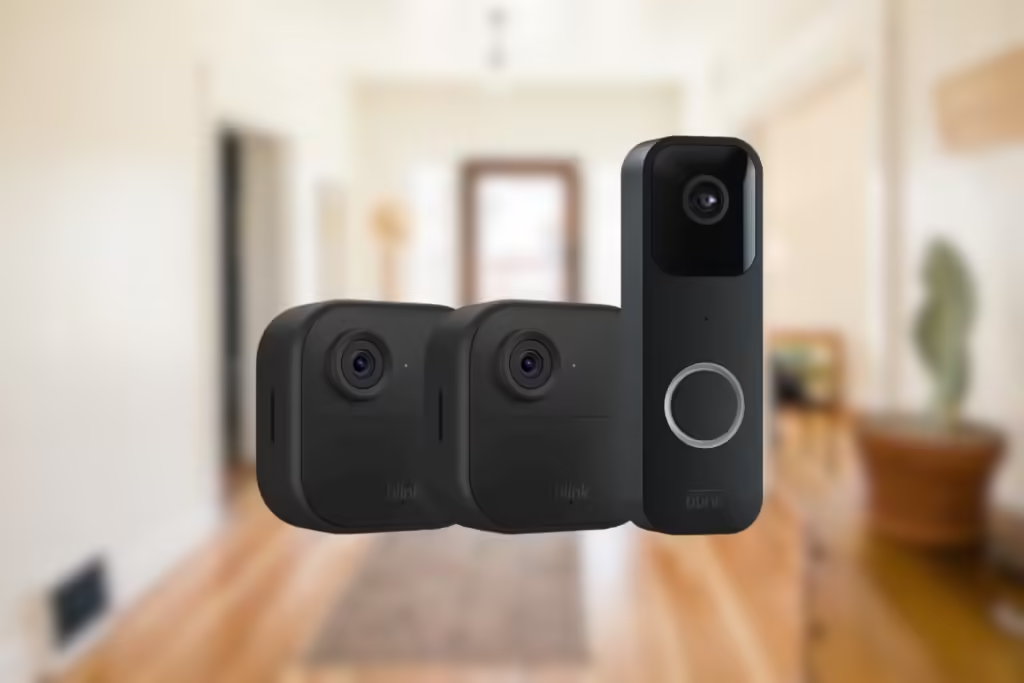
In an apartment complex, residents appreciated how the system reduced unwanted visitors. By integrating with smart locks, they could grant access remotely once they confirmed identities through their devices.
These real-life scenarios showcase how innovative technology enhances both home and community safety in practical ways.
The future of home security: will face recognition technology become the norm?
Face recognition technology has quickly evolved from a novelty to a practical tool in various sectors. As home security becomes more sophisticated, the integration of such technologies seems inevitable.
Imagine returning home and having your door automatically unlock as it recognizes your face. This convenience could redefine accessibility for families while enhancing safety protocols.
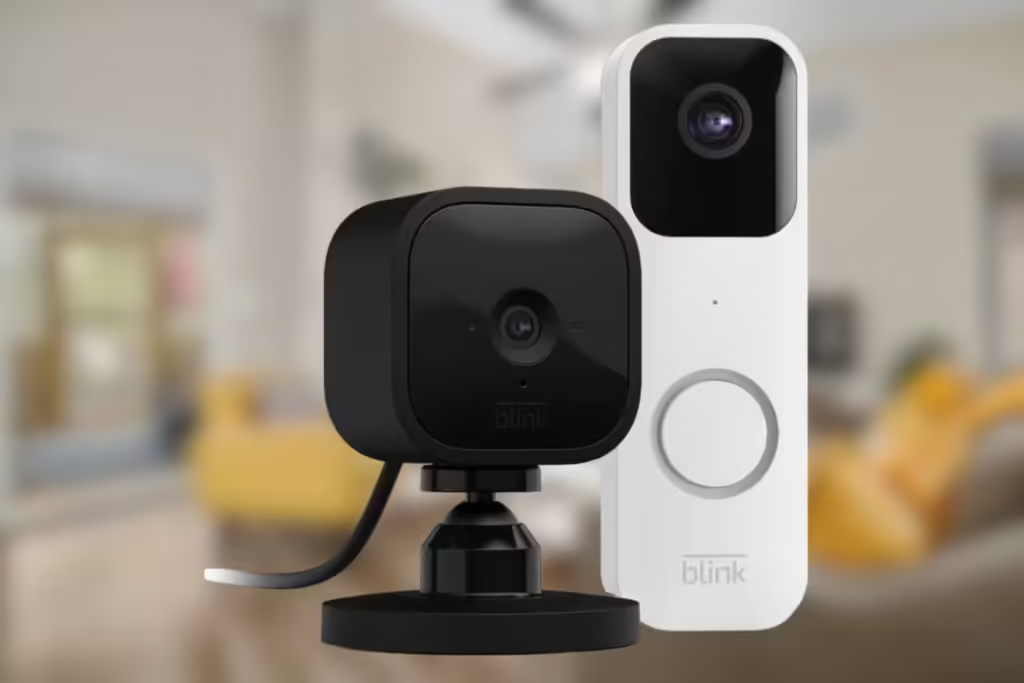
However, widespread adoption raises questions about reliability and public trust. What happens when technology fails to recognize someone? Mistakes can lead to lockouts or even privacy invasions.
Moreover, societal acceptance plays a crucial role. Many homeowners are skeptical about surveillance methods that feel intrusive. Balancing security with personal freedom is key.
Industry leaders like Apple are improving these systems. They think face recognition will soon be a normal part of our daily lives. The question remains: how fast will consumers adapt to this shift?
Privacy implications and how Apple addresses them
Privacy is a hot topic in the age of smart technology. Apple’s Face ID Doorbell raises concerns about how it handles personal data.
Apple has always prioritized user privacy. The company employs advanced encryption methods to ensure that facial recognition data remains secure and private.
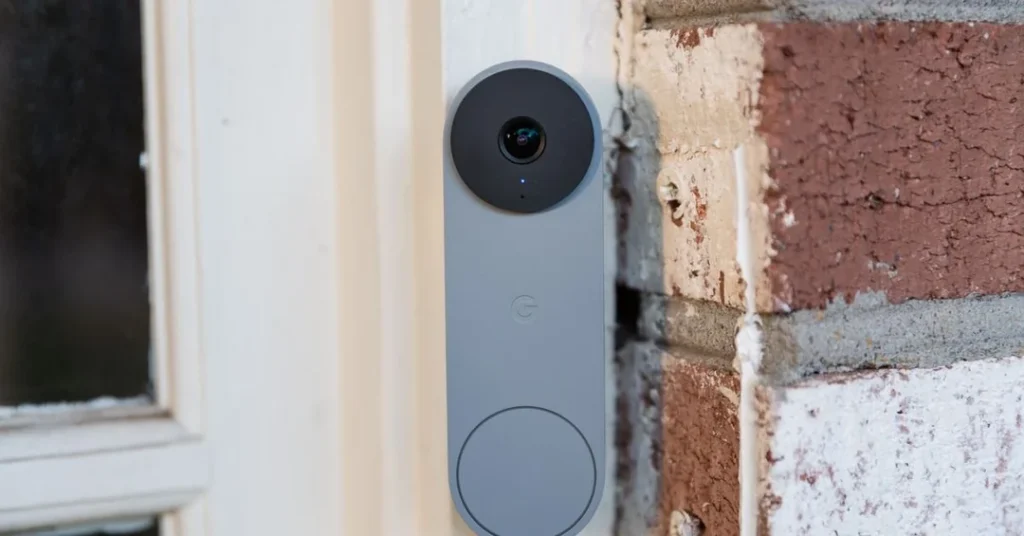
The doorbell processes face data locally on the device rather than sending it to cloud servers. This reduces risks associated with hacking or unauthorized access.
Additionally, Apple provides users with control over their information. Settings allow individuals to manage who can view notifications or access recordings.
Apple prioritizes transparency by offering clear insights into how facial recognition works and what data they collect. This empowers users by fostering trust while adopting new technology in their homes.
How to set up the Face ID doorbell in your home
Setting up the Face ID doorbell is a straightforward process. Start by ensuring you have a stable Wi-Fi connection, as this will be crucial for its functionality.
Next, download the companion app from Apple’s App Store. This app will guide you through the installation and configuration steps.
Mount the doorbell at an appropriate height near your entrance. Ensure you angle it correctly to capture faces clearly.
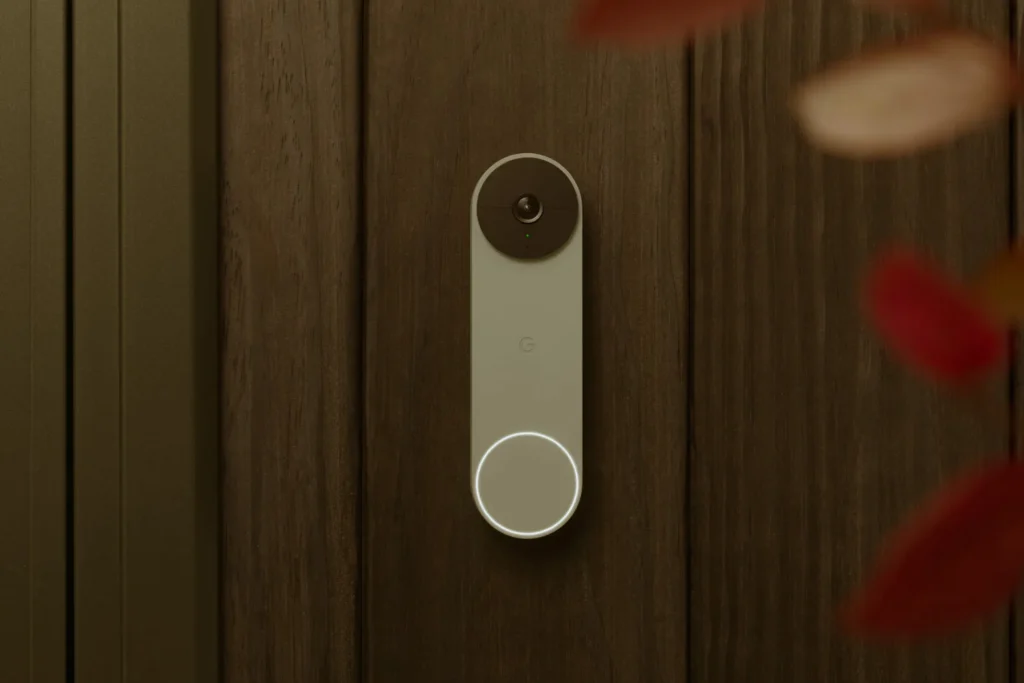
Once mounted, power it on and connect to your home network via the app. The interface makes pairing easy; follow the prompts on your screen.
You’ll then need to train the system with family members’ faces for better recognition accuracy. Take clear photos when prompted and adjust settings as needed.
After you complete the setup, try out features like notifications and live streaming. This will help you make sure everything works well before you depend on it completely.
Conclusion: Is the Face ID doorbell worth it? Here
The Face ID doorbell represents a significant leap in home security technology. Its advanced facial recognition capabilities offer homeowners enhanced safety and convenience, making it easier to identify visitors before opening the door.
However, weighing its benefits against potential drawbacks is crucial. The benefits of quickly identifying and connecting with smart home systems are strong. However, we must not ignore concerns about privacy and data security. Apple’s commitment to user privacy does provide some reassurance.
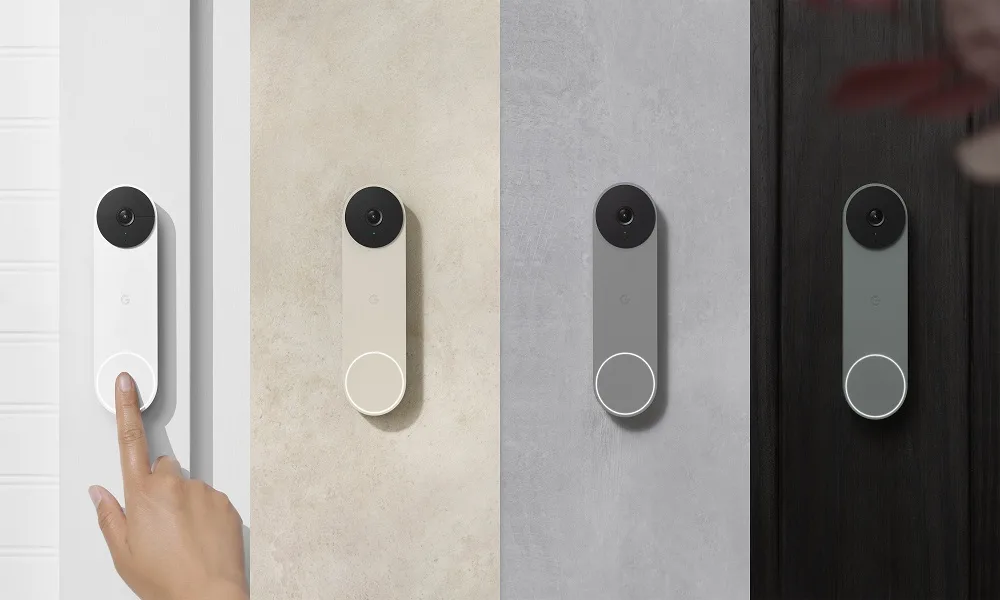
As we look ahead, face recognition technology will likely play an increasing role in our everyday lives. The question remains: Is investing in this innovative doorbell system worth it for your home? For tech enthusiasts seeking cutting-edge solutions, the answer may lean toward yes. Yet, for others who prioritize simplicity or have reservations about surveillance technologies, traditional options still hold appeal.
In the end, your choice should show how comfortable you are with new technologies. It should also match your ideas about home security.

